IGATES Index is designed to address the gaps identified in existing terminology for ophthalmic trauma. These include the absence of agreed-upon terms for adnexal injuries, the need for finer delineation of injury mechanisms and zones, and the inclusion of additional details such as lens status, retinal involvement, and corneal injury extent. By incorporating these refinements, IGATES Index seeks to provide clinicians and researchers with a more nuanced understanding of ophthalmic trauma, thereby facilitating improved communication, management, and prognostication.
The IGATES Index integrates the widely used BETTs (the system for ophthalmic trauma terminology and classification), but also introduce an advanced system designed to simplify the process of adding data points for multiple case analyses. Here's how the IGATES Index maintains the simplicity of its predecessor (BETTs), while incorporating additional specifications for an AI-assisted medical future:
- Structured Data Collection: Both BETTs and IGATES index offers a clear and detailed framework for categorizing ophthalmic trauma. By defining specific zones (I, II, III) and types of injuries (sharp, blunt, mixed, IOFB, bite/sting, burn), it provides a comprehensive structure that facilitates the easy entry and retrieval of data.
- Enhanced Detail and Precision: The IGATES index classification includes detailed subdivisions within each zone, such as the central 4 mm of the cornea (Zone Ia) and the paracentral and outer areas (Zone Ib and Ic). This granularity allows for precise documentation of injury locations, which is crucial for accurate case analysis and comparison.
- Comprehensive Coverage: The IGATES index encompasses various injury mechanisms (e.g., rupture, laceration, perforating injuries) and risk factors (e.g., endophthalmitis, retinal detachment, RAPD). This wide coverage ensures that all relevant aspects of a trauma case are documented, providing a complete dataset for analysis.
- User-Friendly Interface: Despite the increased level of detail, the IGATES index remains user-friendly. The structured layout and clear labeling of zones and injury types make it easy for practitioners to quickly and accurately record case information.
- Facilitation of AI Integration: The detailed and structured nature of the IGATES index makes it well-suited for integration with AI systems. AI can utilize the precise data points to identify patterns, predict outcomes, and assist in clinical decision-making, enhancing the overall efficiency and effectiveness of medical care.
- Future-Proofing: By incorporating detailed specifications and facilitating the collection of granular data, the IGATES index positions itself as a future-proof tool. It not only addresses current clinical needs but also anticipates the growing role of AI in medical analysis and treatment planning.
In summary, the BETTS classification embedded in the IGATES Index enhances the ease of adding data points for multiple case analyses while maintaining the simplicity of the original system. It achieves this by providing a detailed, structured, and user-friendly framework that supports the integration of advanced AI technologies, thereby ensuring its relevance and utility in future medical practices.
Mechanism of Trauma(if known)

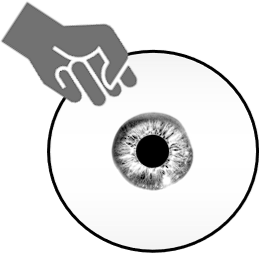

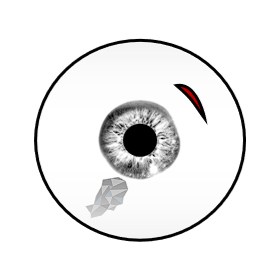
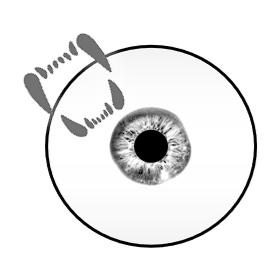

Open / Closed Globe(if applicable)

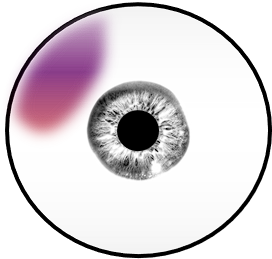
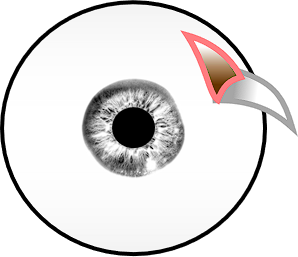


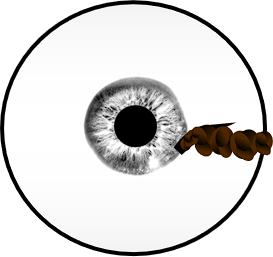
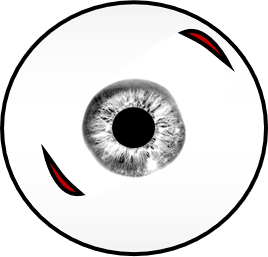
Severity Indicators

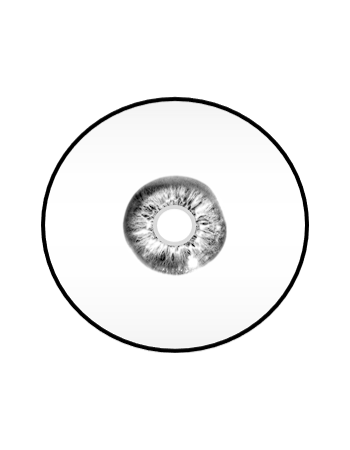

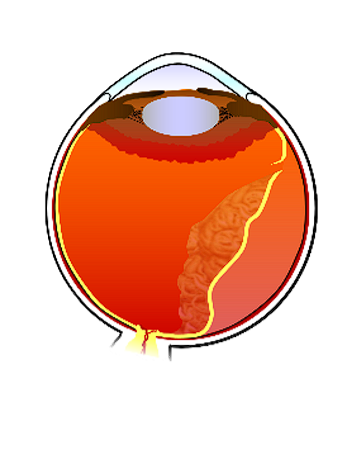

Trauma Zone
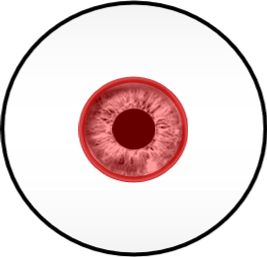 Zone 1 |  Zone 1a |
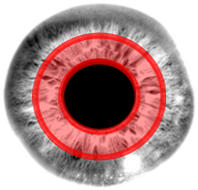 Zone 1b | |
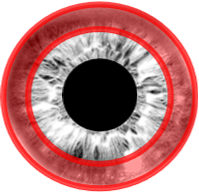 Zone 1c |

Zone IIIb:
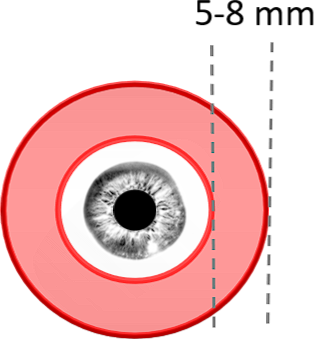 Zone 3a |
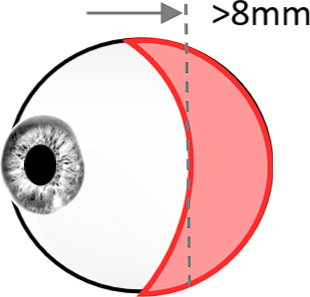 Zone 3b |
Additional Remarks
Results
References
- Kuhn F, Morris R, Witherspoon CD, Mester V. The Birmingham Eye Trauma Terminology system (BETT). J Fr Ophtalmol. Feb 2004;27(2):206-10.
- Kuhn F, Morris R. A quarter of a century of the Birmingham Eye Trauma Terminology (BETT) system. Graefes Arch Clin Exp Ophthalmol. Oct 2021;259(10):2867-2868. doi:10.1007/s00417-021-05407-6
- Kuhn F, Morris R, Witherspoon CD, Heimann K, Jeffers JB, Treister G. A standardized classification of ophthalmic trauma. Graefes Arch Clin Exp Ophthalmol. Jun 1996;234(6):399-403.
- Kuhn F, Maisiak R, Mann L, Mester V, Morris R, Witherspoon CD. The Ophthalmic Trauma Score (OTS). Ophthalmol Clin North Am. Jun 2002;15(2):163-5, vi.
- Hoskin AK, Fliotsos MJ, Rousselot A, Ng SMS, Justin GA, Blanch R, Colyer MH, Shukla B, Natarajan S, Kuhn F, Sundar G, Woreta FA, Watson SL, Agrawal R; International Globe and Adnexal Trauma Epidemiology Study (IGATES) Ophthalmic Trauma Terminology Consensus Group. Globe and Adnexal Trauma Terminology Survey. JAMA Ophthalmol. 2022 Aug 1;140(8):819-826. doi: 10.1001/jamaophthalmol.2022.2594. PMID: 35862061; PMCID: PMC9305602